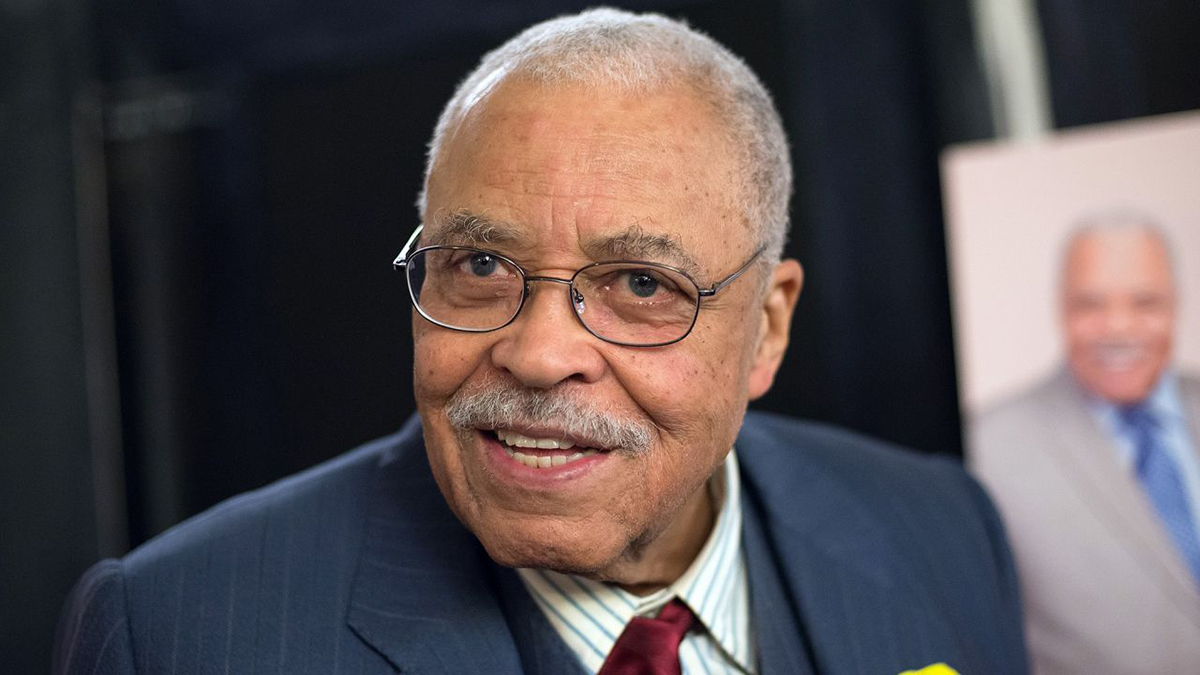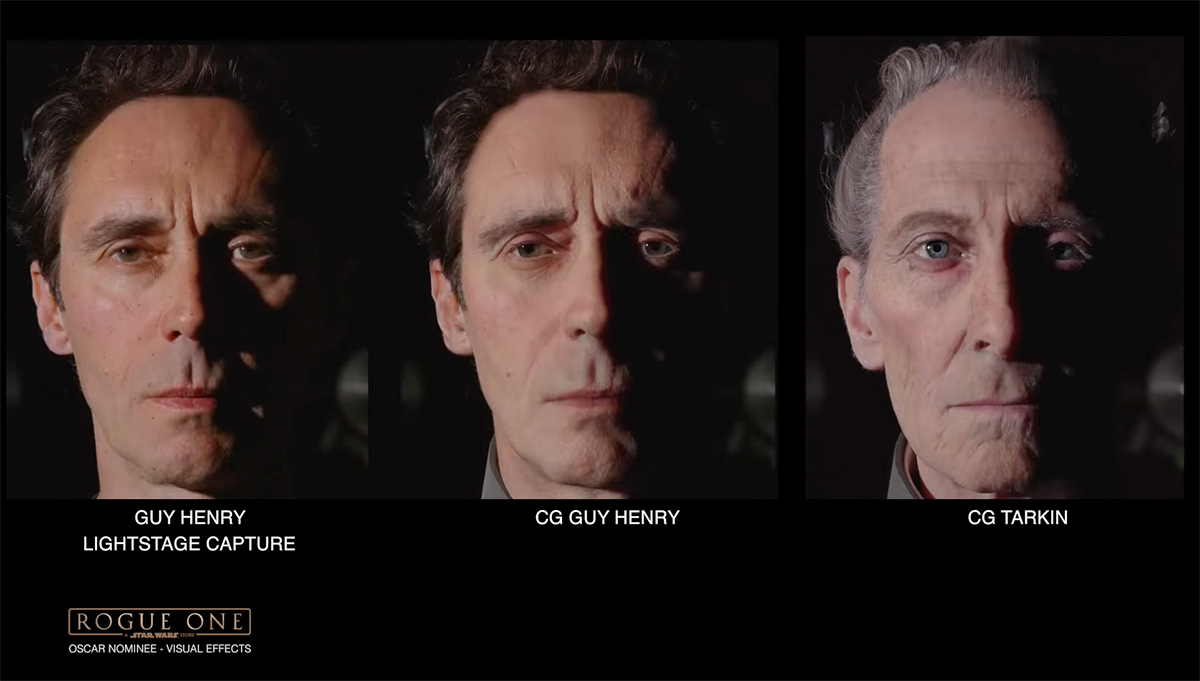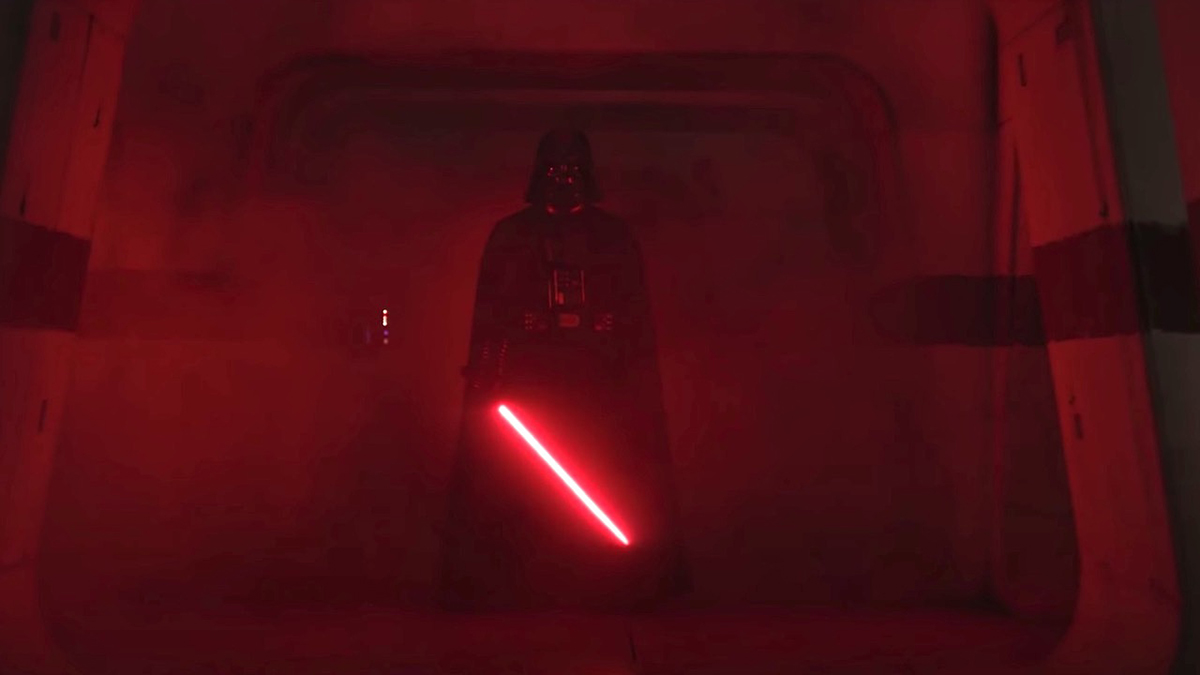His iconic appearance notwithstanding, many would agree that the other most memorable thing about Darth Vader is his voice. Granted, a good number of voice actors have taken the role of the Sith Lord in many of his non-mainstream Star Wars appearances (such as the animated TV shows and video games) but so far none would be as recognisable as James Earl Jones, the original talent behind the character’s memorable lines.
As much as fans would prefer to have Jones to continue reprise his role as Vader’s voice in every high profile Star Wars title, the actor himself – now 91 years old – recently confirmed that he has officially retired from voicing the character. According to Vanity Fair, Disney has already come up with a solution for this, but not in ways that many would’ve expected.

Undeniably, this solution will raise concern (let alone outrage) amongst fans, especially given the fact that the company has entrusted future voice roles for the character to AI. However, little that they know that Disney may have done the shift much sooner than most would’ve thought. In the same report, Vanity Fair revealed that Respeecher had already provided their work on Vader’s dialogues for the recently released Obi-Wan Kenobi TV show for Disney+. It is not entirely clear whether the software voiced all of the character’s lines, as Jones was still credited for the role. If true, then Respeecher has done an outstanding job in having its AI software imitate both the actor’s voice and speech delivery. Regardless, this topic has sparked a huge debate between fans ever since Vanity Fair’s article went live.

Of course, this isn’t the first time that Disney relied on technology to stand in for talents who are unable to reprise their roles for whatever reason. For instance, filmmakers for 2016’s Rogue One: A Star Wars Story used CGI to bring the character Grand Moff Tarkin back to the silver screen, as Peter Cushing – its original actor from the 1977 film – had already passed away back in 1994. The same movie also featured a younger Princess Leia, who also featured a CGI rendition of actress Carrie Fisher’s likeness from the first Star Wars title. Disney had been granted permission to use both talents’ faces for Rogue One by Cushing’s estate for Tarkin, and by Fisher herself for Leia – this is before her unfortunate passing in the same year, months after the movie’s release in theatres.
Though some of them are still far from perfect, advanced technologies such as these do have their usefulness for the entertainment industry. However, this actually opens a number of concerning questions such as “How far will companies such as Disney run with it?”, “Would AI generated voices be used to release new music from deceased celebrities?”, and “What does this mean for existing and future talents?” The list goes on, but only time will tell on how these questions will be answered.
(Source: Vanity Fair)
Follow us on Instagram, Facebook, Twitter or Telegram for more updates and breaking news.



